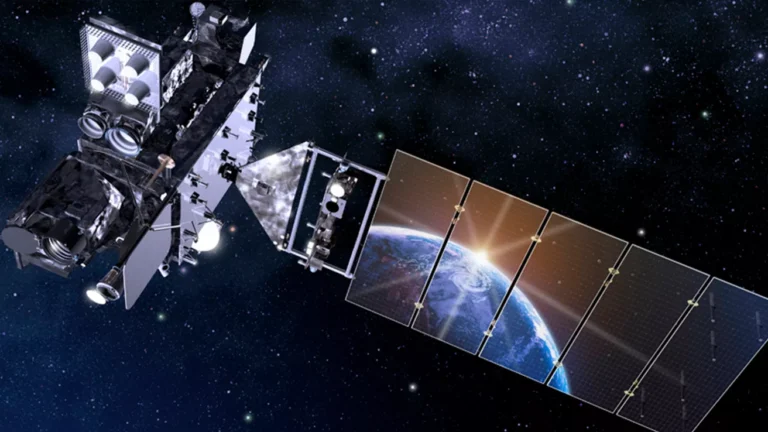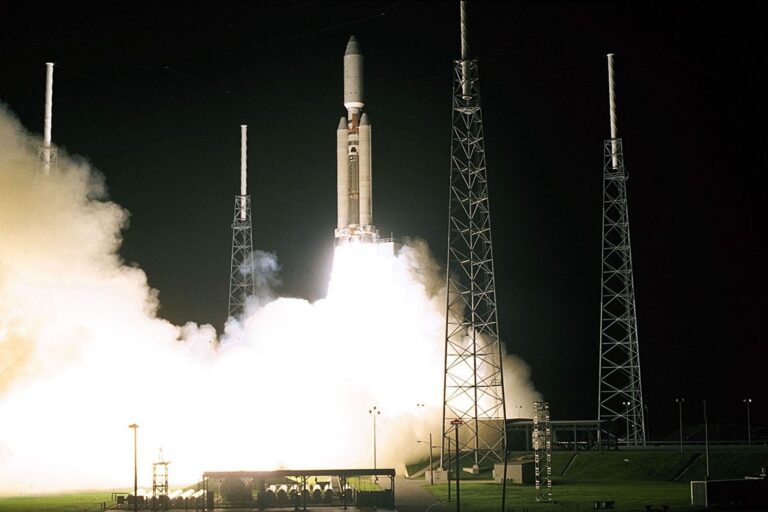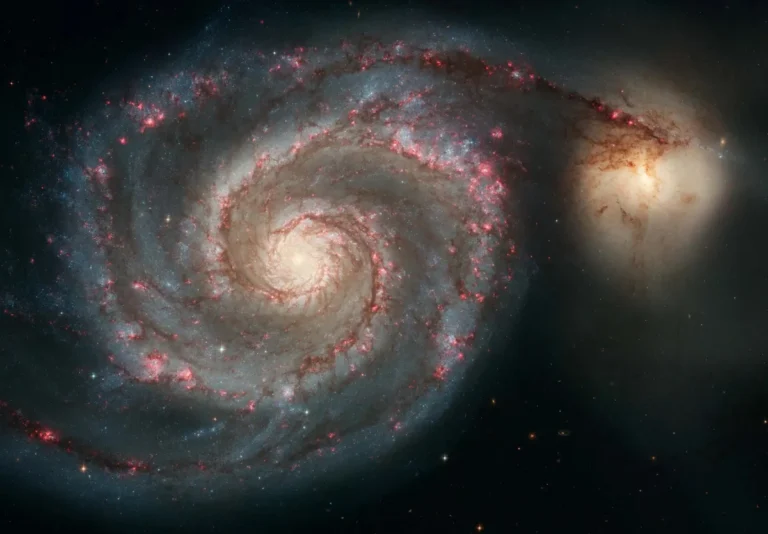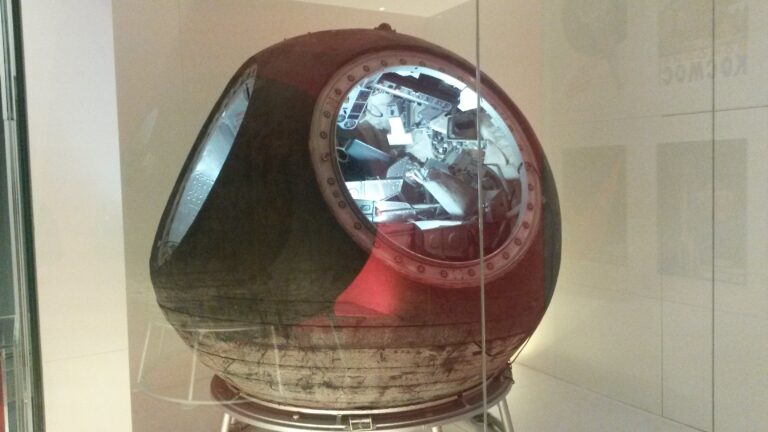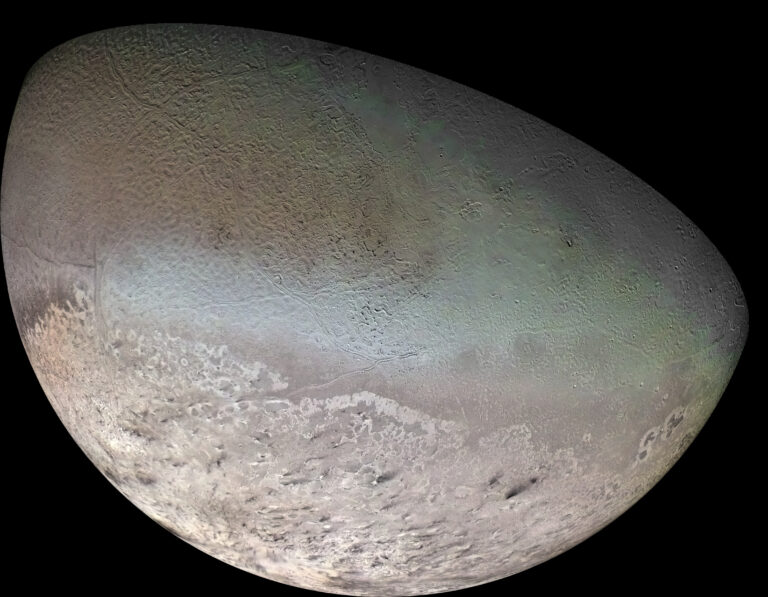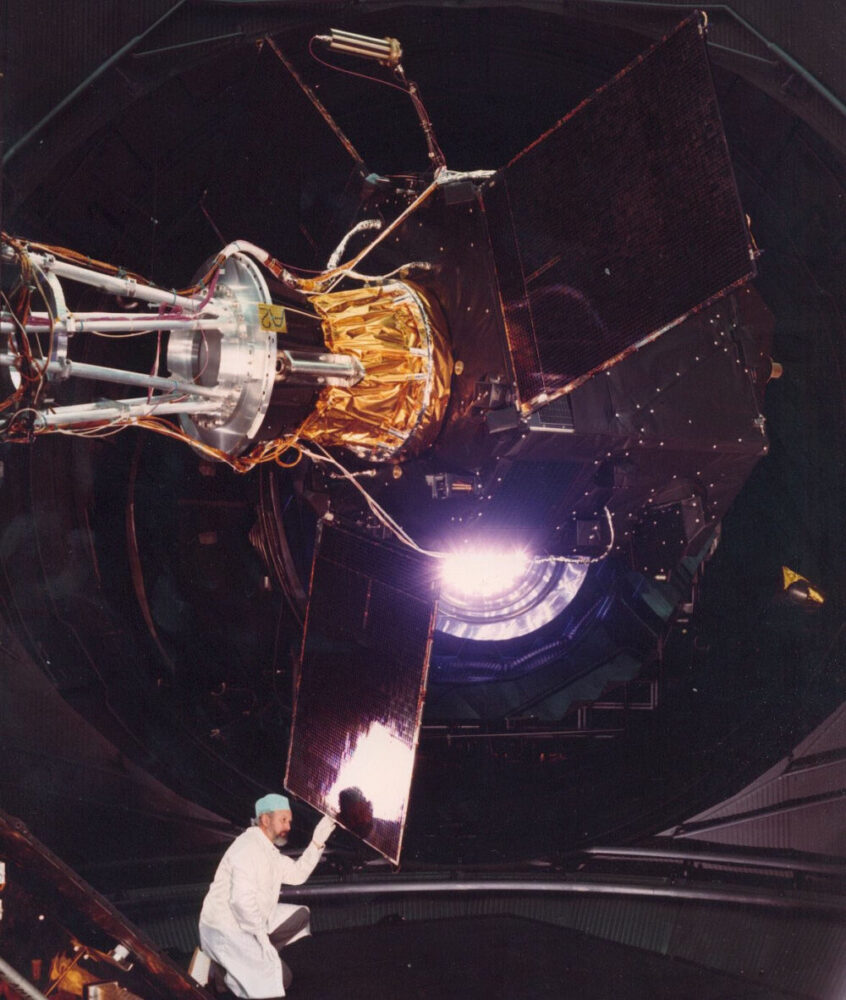
Key Takeaways:
- The European Space Agency's Hipparcos mission, launched in August 1989, aimed to conduct high-precision astrometry on 120,000 stars.
- An initial rocket-engine malfunction resulted in Hipparcos achieving a different-than-planned orbit, necessitating data adjustments.
- Despite orbital setbacks, the Hipparcos mission exceeded its objectives, ultimately producing astrometric data on over one million stars.
- The mission's results were compiled into the Hipparcos and Tycho catalogs (published 1997), and the mission concluded in 1993, paving the way for the Gaia mission.
A pioneer mission in astrometry – the measurement of the position, distance, motion, brightness, and color of stars – the European Space Agency’s (ESA) High Precision Parallax Collecting Satellite, or Hipparcos, launched on Aug. 8, 1989. There were immediately problems when a rocket-engine failure kept Hipparcos from reaching its planned orbit. However, the satellite was still able to operate, and the results it sent back to Earth were modified to take into account the new orbit. In addition to overcoming these setbacks, the mission also exceeded its goals of precisely measuring the astrometrics of 120,000 stars: The Hipparcos and Tycho catalogs of its results, published by ESA in 1997, contain data on over a million stars. The mission ended in 1993, with ESA developing Gaia as its star-measuring successor.

